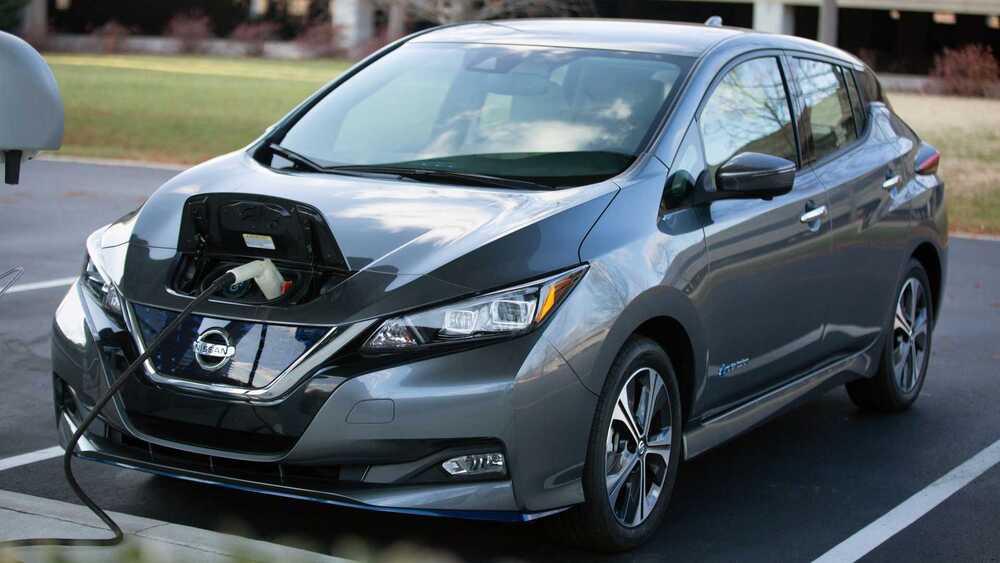Open source is playing a foundational role in the global push toward data sovereignty and digital autonomy.




I do not own this video. It is owned by ABC Australia. Interstellar voyage to find the second Earth — space documentary.
Support me: http://www.paypal.me/sovereignspace.
A documentary showcasing interstellar travel to visit an Earth-like planet, a bona fide Earth 2.0 to see if there is life on it. Follow this amazing adventure in state of the art CGI and with the world’s leading scientists.

Tens of thousands of residents in the US state of Colorado have been forced to evacuate due to quickly spreading wildfires.
Hundreds of homes have been destroyed in some of the worst fires the state has ever seen. Powerful winds have fueled the fast-moving flames which come after an unusually dry autumn and low levels of snow. At least one first responder and six others have been injured since the fires began.
Subscribe: https://www.youtube.com/user/deutschewelleenglish?sub_confirmation=1
For more news go to: http://www.dw.com/en/
Follow DW on social media:
►Facebook: https://www.facebook.com/deutschewellenews/
►Twitter: https://twitter.com/dwnews.
►Instagram: https://www.instagram.com/dwnews.
Für Videos in deutscher Sprache besuchen Sie: https://www.youtube.com/dwdeutsch.
#Wildfires #Colorado
Tesla is opening two new factories shortly, demand for its vehicles is off the charts, and the world is openly welcoming EVs. Will the company’s stock soar?

With affordability in its latest offering, Toyota wants to eliminate the only advantage that Chinese automobile makers enjoy: competitive prices.
Japan is a world leader in automobile technology. Apart from Germany, no one can compete in the automobile sector. And if you need any evidence to corroborate this fact, you need to look no further than Toyota, a globally loved automobile brand that has produced some of the best cars to date. And now Toyota is looking to aggressively dominate the Chinese electric vehicles (EV) market with some affordable cars from next year.
Toyota to launch an all-electric small sedan in China:
Toyota Motor Corp. has made plans to launch an impressive, all-electric small sedan in China late next year. It will turn to local partner BYD for key technology and create an affordable yet spacious EV for the Chinese market.

